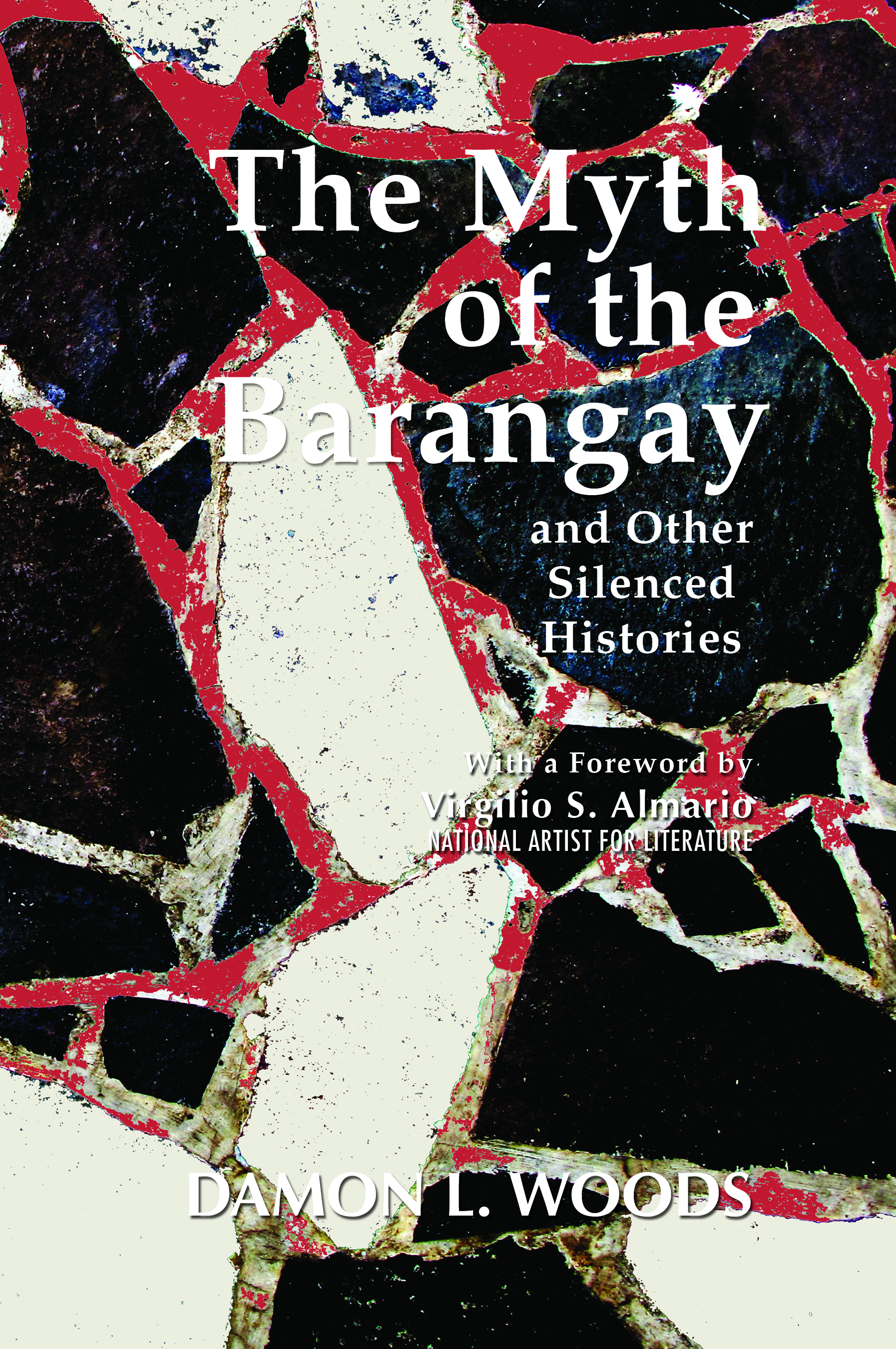
The Myth of the Barangay
Before the advent of Spanish rule of these islands, how did early Filipinos count and how did they reckon time? Were they literate? Was the barangay the basic unit of Tagalog society? Apart from the customary materials written in Spanish, are there surviving texts written in the indigenous languages during the precolonial period? Can historians reconstruct these aspects of precolonial societies given the scarcity of sources? These are some of the questions that Damon Woods asks in The Myth of the Barangay and Other Silenced Histories. The answers he offers are informed by a philological approach that seeks to decipher preconquest thought and action. Woods provokes the reader not to be content with received knowledge that may rest on shaky ground. The result is an engaging book that is a rare exploration in early Philippine historiography.
—Filomeno V. Aguilar Jr.
Professor
Ateneo de Manila University
The Myth of the Barangay and Other Silenced Histories provides important incisive analyses of several primary documents that point to a rich and largely dismissed narrative of early written Philippine history. Damon Woods has done tremendous and painstaking work to seek out hidden Filipino transcripts found among Spanish documents scattered all over the world. In doing so, his work calls for an enriched, critical, and continuing dialogue on the bayan and its relationship to Filipinos in the Philippines as well as the growing Filipino diaspora. Woods’s voice in this work also provides insight into how research can and should be practiced from an appropriate and respectful cultural context, always presented with humility and gratitude.
—Lily Ann B. Villaraza
Chair, Philippine Studies Department
City College of San Francisco
The Myth of the Barangay and Other Silenced Histories is a fascinating book on history, institutions, society, and culture. It is an excellent contribution to Philippine ethnohistory, social history, and historiography that demystifies mainstream knowledge . . . The careful handling of indigenous (Tagalog) language documents as primary sources reveals a lot of exciting new information that challenges traditionally held historical assumptions about indigenous Tagalog society. I highly recommend the book, not only for history majors, but for general readership.
—Charita Arcangel Delos Reyes
Associate Professor of History
University of the Philippines Baguio
About the Author
Damon L. Woods, the son of missionary parents, grew up in Baguio City. Having received his PhD in Southeast Asian History from the University of California, Los Angeles, he has been a lecturer at UCLA, the University of California, Irvine, and California State University, Long Beach, and has lectured at Universiti Brunei Darussalam and the University of the Philippines, Baguio. He is currently a visiting professor at the Center for International Studies at the University of the Philippines Diliman. Among the courses he has taught are Philippine History, Philippine Radical Tradition, Missionaries and Southeast Asia, Religion and Society in Southeast Asia, and Religion, Revolution and Nationalism in Asia.
Focusing his research on documents written in Tagalog by Tagalogs during the first centuries after the Spanish intrusion, he has written a number of journal articles and is the author of Tomas Pinpin and Tagalog Survival in Early Spanish Philippines (UST Publishing, 2011) and editor of From Wilderness to Nation: Interrogating Bayan (UP Press, 2011) as well as Librong Pagaaralan nang manga Tagalog nang Uicang Castila (UST Publishing).
He lives in Southern California.
